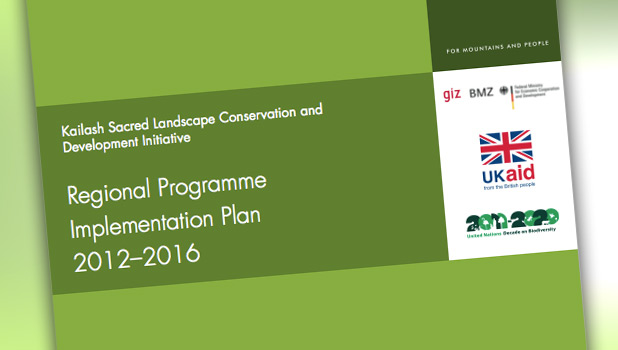
Святы Кайлаш ініцыятывы ў вобласці ландшафтнага, a collaborative effort of ICIMOD, UNEP, and regional partners in three countries, was initiated through an extensive consultative process. The Conservation Initiative seeks to facilitate transboundary and ecosystem management approaches for biodiversity conservation and sustainable development through regional cooperation. The proposed Kailash Sacred Landscape (KSL) includes an area of the remote southwestern portion of the Tibetan Autonomous Region (TAR) of China, and adjacent parts of northwestern Nepal, and northern India, and encompasses the cultural geography of the greater Mt. Kailash area. This region, famous from ancient times, represents a sacred landscape significant to hundreds of millions of people in Asia, and around the globe. It is an important cultural and religious transboundary landscape with significance to Hindu, Buddhist, Bon Po, Jain, Sikh and other related religious traditions, attracting thousands of pilgrims every year. The KSL comprises the source of four of Asia’s great rivers: the Indus, the Brahmaputra, the Karnali and the Sutleg, which are lifelines for large parts of Asia and the Indian sub-continent. These rivers provide essential transboundary ecosystem goods and services vitally important within the greater Hindu Kush-Himalayan region, and beyond.
Спампаваць PDF: [Англійская]




